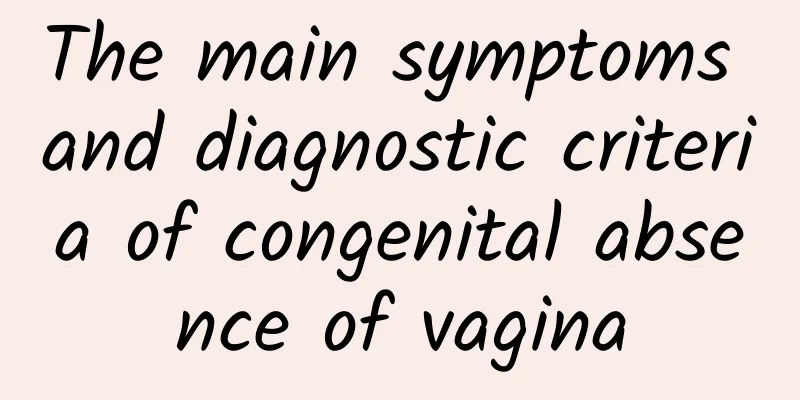What are the diagnostic criteria for adenomyosis?

|
What are the diagnostic criteria for adenomyosis? Adenomyosis can be initially diagnosed based on typical medical history and physical signs, combined with imaging examinations such as pelvic or vaginal B-ultrasound, MRI, CA125, etc. Confirmation requires surgery to obtain the diseased tissue for pathological examination. Medical treatments for adenomyosis include: 1 Symptomatic treatment For those with mild symptoms who only require relief of dysmenorrhea, non-steroidal anti-inflammatory drugs such as ibuprofen, indomethacin or naproxen can be used for symptomatic treatment during dysmenorrhea. 2 Pseudopregnancy therapy is used for patients with mild symptoms, no fertility requirements, and those near menopause. Oral contraceptives or progestins can cause the ectopic endometrium to decidualize and atrophy, thereby controlling the development of adenomyosis. 3. For those who have heavy menstrual flow, dysmenorrhea, and no desire to have children, an intrauterine device containing highly effective progestin can be chosen. It continuously releases progestin locally in the uterus to control the development of ectopic lesions. It needs to be removed or replaced after five years. 4 Pseudomenopause therapy "drug-induced oophorectomy" or "drug-induced hypophysectomy" is a drug that shrinks the lesion before surgery and reduces recurrence after surgery. GnRHa injection allows the hormone level in the body to reach the state of menopause, thereby causing the ectopic endometrium to gradually shrink and play a therapeutic role. The application of GnRHa can significantly reduce the size of the uterus, and can be used as a preoperative medication for some patients with large lesions and difficult surgeries. The risk and difficulty of surgery will be significantly reduced after the uterus becomes smaller. Side effects may cause menopausal symptoms and even lead to serious cardiovascular and cerebrovascular complications and osteoporosis, so it is recommended to add estrogen in reverse after 3 months of GnRHa application to relieve complications. In addition, GnRHa is expensive, so it is not currently used as a long-term treatment option. Once the drug is stopped, the resumption of menstruation may lead to the re-progression of the lesion. |
<<: How long does it take to get your period after medical abortion?
>>: Will adenomyosis get better after menopause?
Recommend
How contagious is cervical warts?
Nowadays, people want to know how cervical warts ...
Knowing women’s hearts best: the advantages of painless abortion
Abortion is a remedial measure taken by women due...
What are the early symptoms of ectopic pregnancy
How is an ectopic pregnancy treated? The treatmen...
Exercise is more beneficial and less likely to cause injury! Try abdominal breathing
Exercise is not just the movement of hands and fe...
What are the prevention methods for uterine fibroids?
What preventive measures do you know about uterin...
How long can you live after treatment of late-stage Bartholinitis?
In today's society, people live at a fast pac...
What is the color of pelvic fluid menstruation?
The correct diagnosis of pelvic effusion is extre...
What are the causes of acute pelvic inflammatory disease?
What are the causes of acute pelvic inflammatory ...
Typical symptoms of uterine fibroids
Uterine fibroids are a common disease. Only by ta...
What are the folk prescriptions for elderly people's drooling?
There is no folk prescription for treating drooli...
How long does it take from admission to discharge for ovarian cyst surgery?
How long does it take from admission to discharge...
Precautions for abortion
Things to note when having an abortion: (1) Routi...
Cost of chemotherapy for cervical precancerous lesions
The key to treatment is early stage. Some patient...
What are the symptoms of cervical erosion in women? Experts explain the symptoms of cervical erosion in detail
What are the symptoms of cervical erosion? This i...
Can pelvic inflammatory disease cause peritonitis? Treat it early
Due to the special location of pelvic inflammator...









